The Marco Polo sheep (Ovis ammon polii) is a subspecies of argali sheep, named after Marco Polo. Their habitat is the mountainous regions of Central Asia. Marco Polo sheep is particularly known for its long, spiraling horns which have been measured having a span generally an average of 55 inches on a mature ram, They have the longest horns of all sheep, with the longest individual horn ever recorded measuring 74” which is the current World Record, Marco Polo hunting is a physically demanding hunt and hunters need to be experienced hunters.
We have access to some very special exclusive areas and we outfit in the best hunting region in the Country, we are under a very long-term contract with our local partner whom is very reliable and experienced and due to our professional and unique efforts we are able to provide a first-class top notch hunting experience to our clients which we are proud of.
Our clients have the hunting camps exclusively during their entire hunting duration, and have an English speaking company representative, experienced guide which will be with our clients during the entire journey, This is especially helpful to ensure the quality of the trophy and help with the shooting process and the control and comfort of the client during the course of the hunting trip.
Elevations vary, depending on location. Base camps are between 10,000-12,000 feet with hunting up to 13,500’ to 14,500. Most hunters do not get altitude sickness, but a medication called Diamox can be taken to alleviate most symptoms, however we recommend our clients to consult with their GP or Doctor while preparing for their hunt. On the first day or two of your hunt, we try and take it easy so that you can rest up and adapt to sleeping and hiking at these higher elevations and conditions. Common effects of this elevation include: shortness of breath, elevated pulse and blood pressure, headaches and a tired feeling. After a few days, most people adjust to the altitude and see noticeable performance improvements.
Tajikistan Marco Polo Hunts
Season – Fall Season typically runs September 15-December 25, with Winter Season running January 10-February 28. Most of our hunts take place in late October, November and January due to rutting periods and better sheep concentrations.
Hunt Area – Depending on the specific hunting camp/area, the drive from the nearest airport to the hunt area takes 4 to 10 hours with comfortable Toyota Land-cruiser type 4×4 vehicles.
Trophy Quality – Most of the Marco Polo Rams taken in Tajikistan, range between 54”-57” and probably average 55”
We also have been conducting a very special hunt only targeting Rams over 60” and have taken Rams up to 68.5” with very high success by very special hunt planning with a very well trained, highly skilled team and hunting very unique territories. Please ask Temir or Kurshat on details of this special VIP hunt.
The Hunt – Generally our hunts are conducted out of a base camp which is a fully equipped large hunting cabin with heating and electricity and bedrooms and bathroom allows hunters to be very comfortable during their hunt, but spiking out is an option for the more adventurous and ambitious hunters looking for a wild hunt. Spot and stalk hunting is the preferred method of hunting as it allows us to judge the animals with spotting scopes, before making the final stalk. Hunters typically see many animals on Marco Polo hunts, including Ibex. On a typical day, hunters could see several hundred Marco Polo, but in some areas, hunters might only see 10 animals in 1 day. Game densities and ram size can and will vary with location. We will put hunters in the areas to best meet their hunting goals and physical abilities. Due to the difficulty and longer distances 350 to 550 yards of the rifle shots required, We highly recommend taking a professional shooting course so that you have the skills necessary to use a rifle and scope with custom reticle and/or turret and so you don’t miss.


